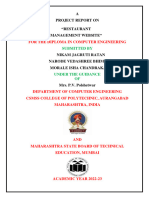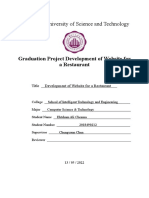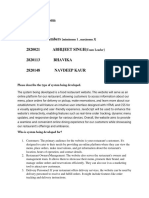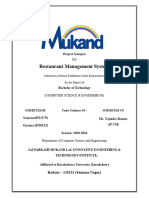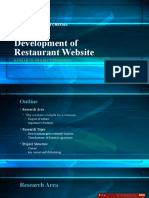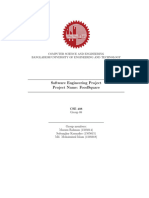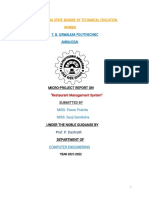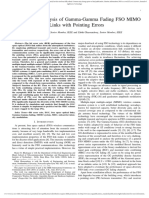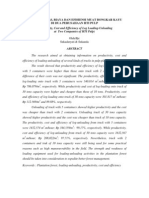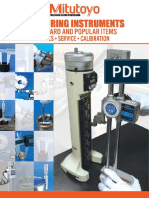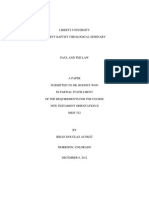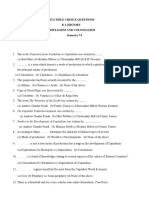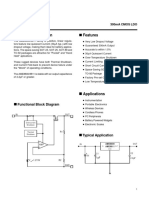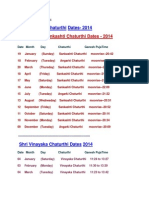0% found this document useful (0 votes)
25 views6 pagesChef Project Report
The Chef Website project is a responsive and user-friendly platform designed for restaurants to showcase their menu, team, testimonials, and blogs. Utilizing HTML, CSS, JavaScript, and Bootstrap, the website aims to enhance the digital presence of food businesses and facilitate customer engagement. Future enhancements may include features like online ordering, customer login, and location tracking.
Uploaded by
royalaru788Copyright
© © All Rights Reserved
We take content rights seriously. If you suspect this is your content, claim it here.
Available Formats
Download as DOCX, PDF, TXT or read online on Scribd
0% found this document useful (0 votes)
25 views6 pagesChef Project Report
The Chef Website project is a responsive and user-friendly platform designed for restaurants to showcase their menu, team, testimonials, and blogs. Utilizing HTML, CSS, JavaScript, and Bootstrap, the website aims to enhance the digital presence of food businesses and facilitate customer engagement. Future enhancements may include features like online ordering, customer login, and location tracking.
Uploaded by
royalaru788Copyright
© © All Rights Reserved
We take content rights seriously. If you suspect this is your content, claim it here.
Available Formats
Download as DOCX, PDF, TXT or read online on Scribd
/ 6



